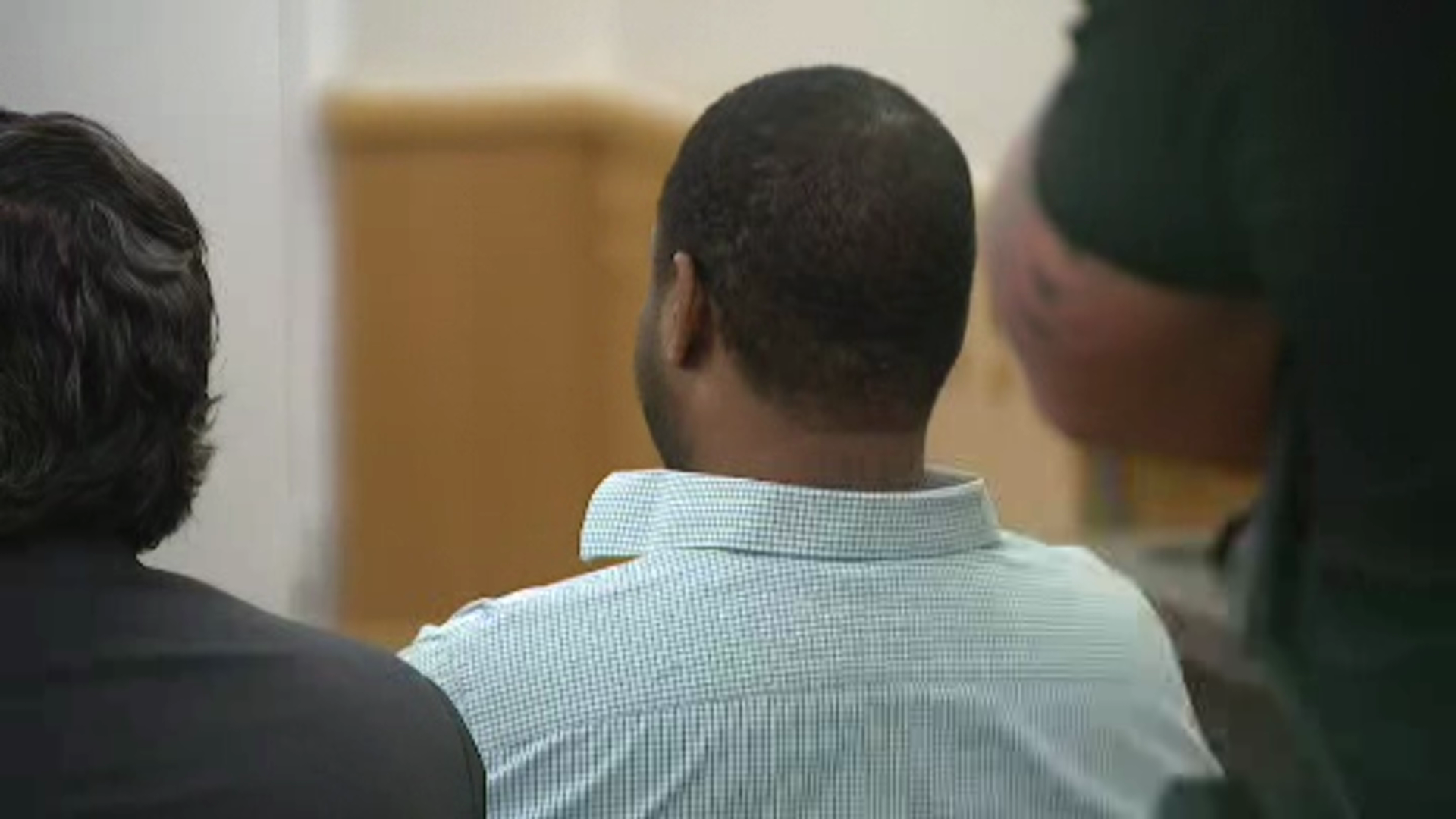Children dealing with dental disease sometimes have trouble eating, speaking and even learning.
A new study from the Centers for Disease Control and Prevention shows there is a lack of dental sealant used for school-age children. Some dentist and researchers think more school-based sealant programs could help fix the sealant shortage before it grows into a dental dilemma.
Dr. Robert Morgan, a pediatric dentist in Richardson, explains that sealants are basically a smooth protective coating put over teeth.
"Probably two of the greatest inventions that have happened in dentistry in recent times have been fluoride and sealants,” he said. “It takes it from a rough surface to a smooth surface. Easier to clean and less likely to trap bacteria.”
Morgan calls the practice cost-efficient and about 80 percent effective in protecting against the formation of cavities.
"Non-invasive, not uncomfortable," Morgan said. "Literally no more difficult than painting your nails."
Dental pain could take children out of classrooms and make it more difficult for them to concentrate when in school.
Local
The latest news from around North Texas.
"If you could assess that a child doesn't have any cavities and they are healthy, put sealants on their teeth so that now they are not missing school to have a fillings done. They are not missing school because they have a toothache," Morgan said. “You have less missed school for the child, less risk of discomfort, a lower cavity rate, mom's not taking off from work and it's a great system.”
Morgan said the cost of a sealant is anywhere from $15 to $60 while fillings can cost from $60 to $250. Prevention could have money.
There is some opposition to a school-based sealant program, as some say the sealants aren’t guaranteed and students can still get cavities.
Free sealant programs are available in some Texas schools. The Department of State Health and Services recommends checking with your child’s school about eligibility.



